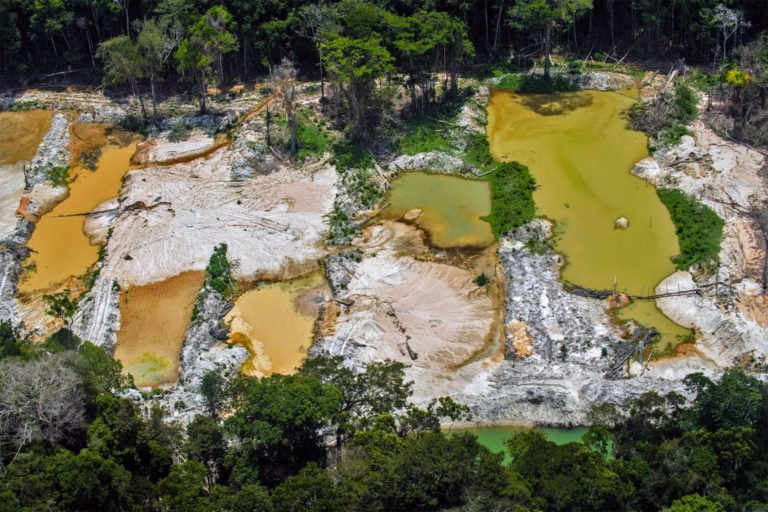- 2022 was an exciting year for Mongabay’s podcast team, with a brand-new season of the long-form, exploratory series “Mongabay Explores,” diving into the island of New Guinea and its one-of-a-kind biodiversity and cultural richness over seven episodes.
- Regular host of the Newscast, Mike G., took listeners to the sky and sea to highlight Indigenous conservation efforts, bioacoustics, and combining Western science and traditional knowledge for marine conservation efforts.
- The Newscast also explored lesser-examined topics like cryptocurrency and their environmental impact.
- If you’re new to Mongabay’s podcast content or you want a review of some of the best recent episodes from this past year, start here.
Exploring New Guinea’s extraordinary natural and cultural richness
Kicking off our third season of Mongabay Explores was an episode detailing the complexities of one of the world’s most biodiverse regions, New Guinea. Home to roughly 1,000 languages and 10% of the world’s biodiversity, New Guinea stands out culturally and environmentally as one of the last remaining large expanses of tropical rainforest in the world.
While nearly 80% of its original forest cover remains intact, the two-nation island faces a variety of threats to the conservation of its natural beauty and the livelihoods of locals. Guests Miriam Supuma, Charlie Danny Heatabun, and Rodrigo Cámara-Leret detailed the complex political history behind the island’s current state and the conservation challenges it faces as it continues to develop.
‘Carbon cowboys’ and illegal logging

In this second episode of the New Guinea season of Mongabay Explores, contributor Rachel Donald and Gary Juffa, governor of Papua New Guinea’s Oro province, explained the intersection of the carbon trade and illegal logging. Often touted as a market-based solution to offset carbon emissions, carbon credits raise a number of regulatory complications and human rights issues. As long as transnational organized crime continues to fuel illegal logging in the region, do carbon credits really offer a viable solution for locals?
Crucial to conservation, Indigenous communities’ environmental leadership endures
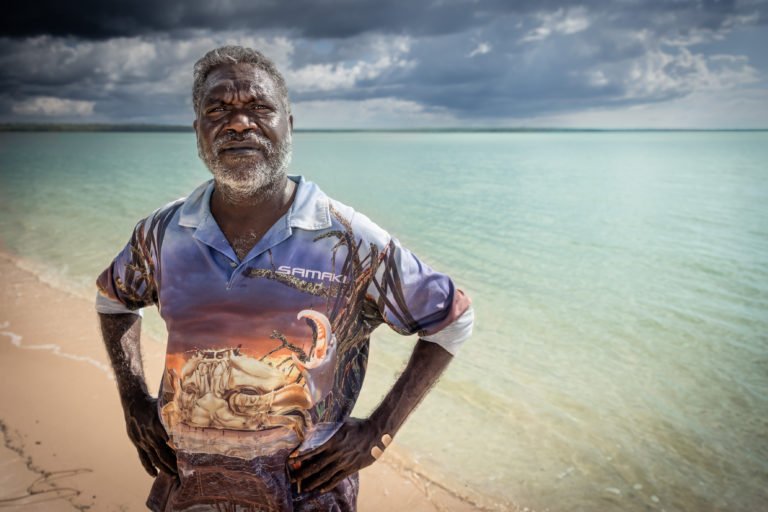
Indigenous peoples are the world’s most effective conservationists, protecting 80% of the world’s biodiversity. In this episode of the Mongabay Newscast, host Mike G. spoke with author Michelle Nijhuis about her book Beloved Beasts: Fighting for Life in an Age of Extinction, which details the history of the modern conservation movement, and Indigenous peoples’ critical role.
Mike also chatted with Julie Thorstenson, director of the Native American Fish and Wildlife Society and a member of the Cheyenne River Sioux Tribe, about the more than 56.6 million hectares (140 million acres) of land in the United States that is managed by the country’s 547 Indigenous Tribes without government funding.
Wonder on wings: The fierce nature and enduring beauty of birds

Author Sy Montgomery returned to the Mongabay Newscast to discuss her fondness for birds, her experience with falcons, and rehabilitating an orphaned hummingbird, plus two new books of hers and why they speak to pandemic times: “You wouldn’t think that working with a magnificent hunter, like a hawk, would teach you new things about love … but it does,” she says.
Mongabay’s staff writer in Nepal, Abhaya Raj Joshi, also joined the show to talk about a bird-counting app stoking interest in the country around avian conservation.
New whale calls and dolphin behaviors discovered with bioacoustics
If you’re a regular listener of the Mongabay Newscast, you could probably guess we enjoy talking about and hearing bioacoustics, an exciting field of study that helps us better understand animals and their behavior.

In this episode, Mike G. spoke with Erin Ross-Marsh and Sarah Trabue, two bioacoustics researchers studying humpback whales and bottlenose dolphins. They explained how their research helps us better understand the lives of these enigmatic marine mammals.
We also got to hear some of the vocalizations and sounds recorded from their research.
How marine conservation benefits from combining Indigenous knowledge and Western science
In this episode of the Mongabay Newscast, host Mike G. spoke with ethnobotanist Gary Paul Nabhan and biology professor Sara Iverson about two stories highlighting the effectiveness of combining traditional Indigenous ecological knowledge and Western science for conservation and restoration initiatives.
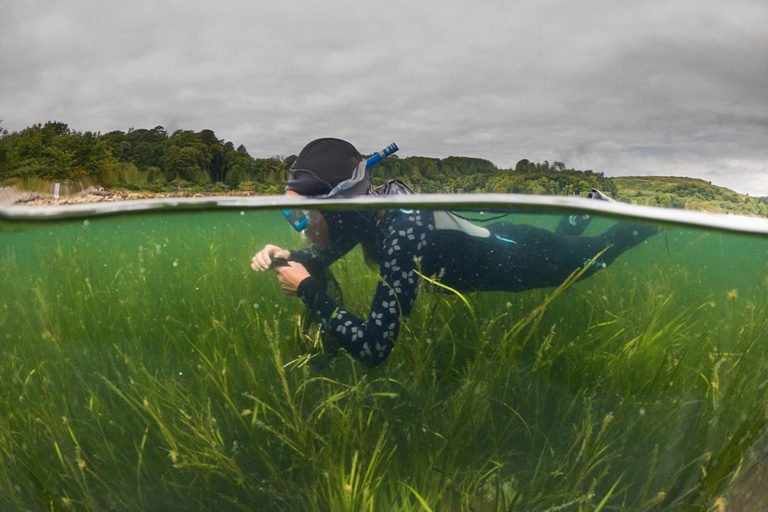
Nabhan talked with us about the growing international recognition of eelgrass, an ancestral, sustainable food source of the Comcaac people in Mexico. Iverson talked about what Mi’kmaq elder Albert Marshall calls a “two-eyed seeing” approach, combining different ways of knowing through traditional and Indigenous knowledge and Western science to study marine species and ecosystems in Nova Scotia. She shared information about Apoqnmatulti’k, a project on Canada’s Atlantic coast examining tomcod, eel, and lobster movement. The name of the project translates to “we help each other.”
Blockchain for conservation? Maybe, but leave the crypto out
Cryptocurrency, the unpredictable and complex digital currency based on blockchain technology, has seen prices nose-dive across the market this year, along with the high-profile collapse of the FTX exchange, one of the larger companies in the industry.
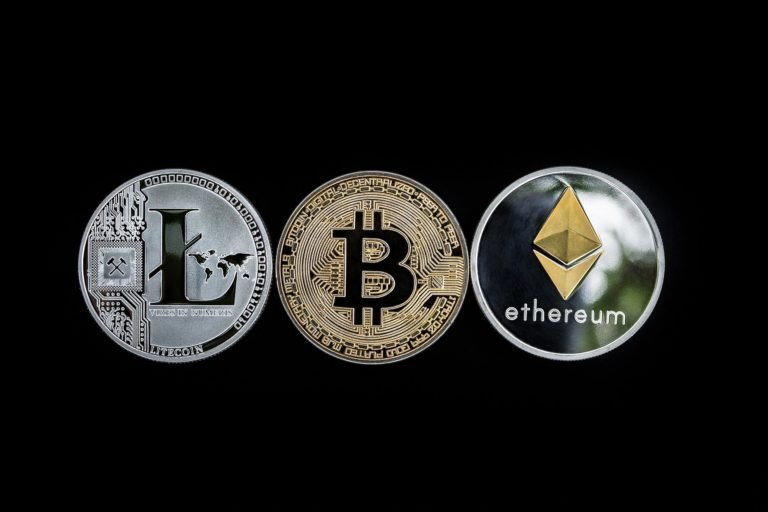
The volatility and fragility of the currency this year have brought doubts to the fore. However, the outsized energy consumption required to “mine” cryptocurrency, such as bitcoin, has been a point of concern for quite a bit longer. Earlier this year, Mongabay interviewed economic anthropologist Brett Scott and environmental journalist Judith Lewis Mernit about the massive amount of energy required to mine cryptocurrency, as well as the regulatory complications associated with issuing payments for conservation efforts funded with both crypto and nonfungible tokens (NFTs).
Bonus! ‘Into the Wasteland,’ a three-part podcast series.
We also published our first “true crime” investigative series with a look at the U.K.’s waste crisis. Visit True eco-crime in the U.K.: ‘Into the Wasteland’ to hear that.
Looking forward to 2023
Mongabay Explores Season 4: The Congo Basin
Our long-form, deep-dive exploratory podcast series is now in production on its fourth season. We’ve cataloged the unique beauty of North America’s salamanders, the Indonesian island of Sumatra, and most recently the island of New Guinea.
Next year, we take you to the world’s second-largest rainforest, spanning several nations on the African continent: the Congo Basin. Episodes will be released early next year.
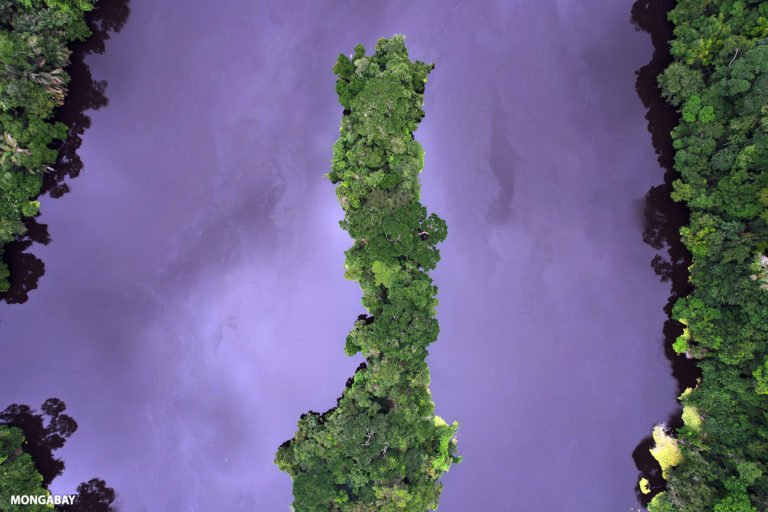
Make sure you subscribe to Mongabay Explores on Apple or Spotify, and the Mongabay Newscast which you can also find on Apple and Spotify or wherever you get your podcasts from. The latter show has a dedicated app for your phone available for free in the Apple App Store and in the Google Play Store.
Mike DiGirolamo is Mongabay’s audience engagement associate contributing audio/visual content for Mongabay’s podcast and YouTube platforms. Find him on Twitter @MikeDiGirolamo, Instagram @midigirolamo, TikTok and Mastodon.



